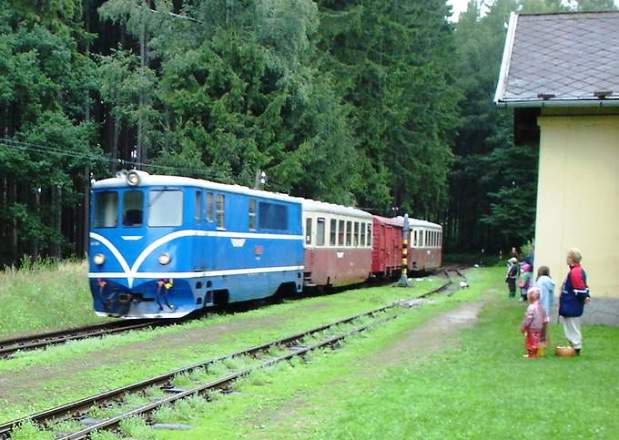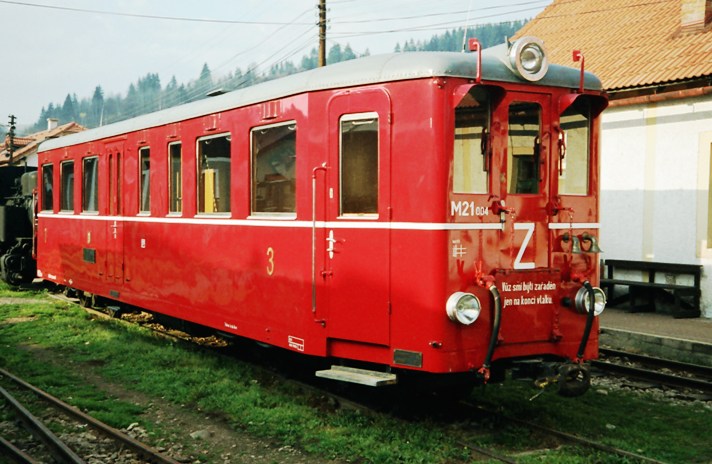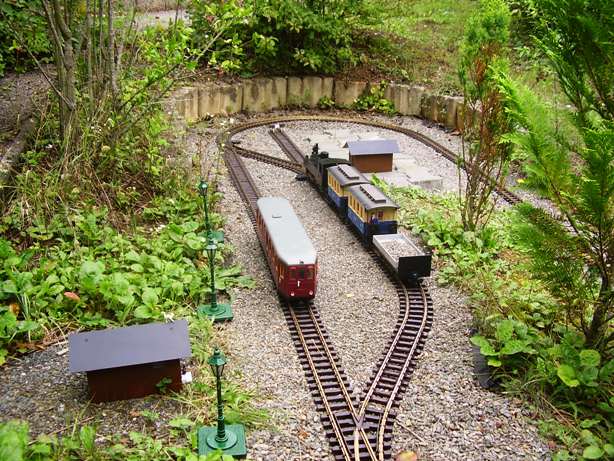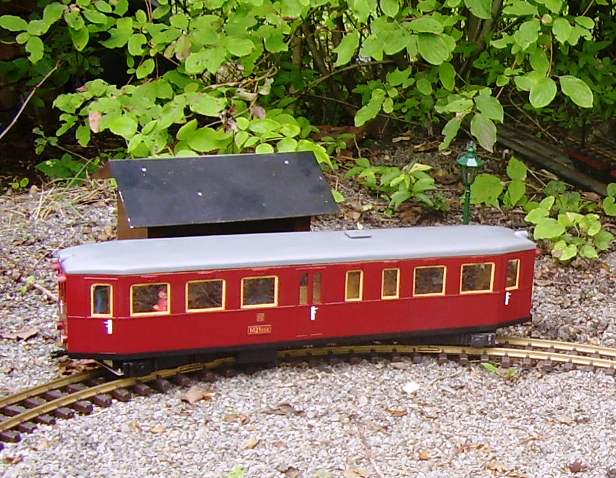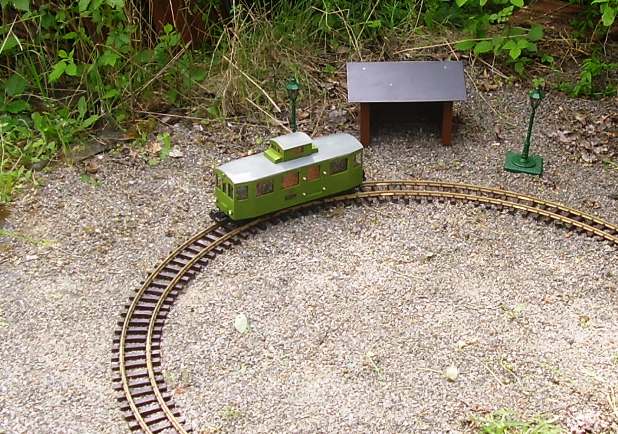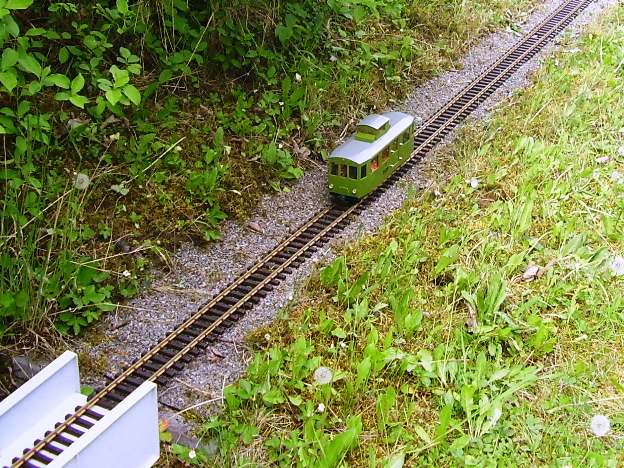The photogallery of the diesel locos and of the railcars
The garden railway - the head page > The photogallery > The diesel locos
The loco TU47.0 was manufactured by the ČKD-company from Praha at the 1950 to the 1958 year, for the RVHP. For a great interest in this type of the locomotives, these locomotives were also ordered for the narrow gauge 750mm and 760mm of the SZD. As the engine was used diesel engine with 12-cylinders (At the CSD, the railcar M 262.0). The transfer of forces was an electrical. The locomotive was designed as a box with two places for driver and the place for the staff.
The factory ČKD produced 15 pieces for the ČSD and 45 pieces for the SZD. From the first order 10 pieces, finally was the serial production of 60 pieces. These locomotives run on all of the narrow-gauge railway in the Czechoslovak Republic (Jindřichův Hradec, Ružomberok, Frýdlant and Osoblaha).
The railcar M21.0 was manufactured by the Tatra-company from Kopřivnice at the 1920 to the 1939 year. The railcar M21.0 was built as the four-axle vehicle with the petrol engine. This engine was usually fitted to other motor vehicles (M120.4) from Tatra-company. The transfer of the forces was a mechanical, the mechanical transmission had three driving degrees and powered two wheels in the chassis. These motor cars M21.0 run on narrow-gauge railways in the Czech republic. These railcars complement the M 11.0 railcars in the operation. The first two pieces of the motor cars M21.0 had green box and they run on narrow-gauge Borsa-railway. Other motor cars were the color red box. It was planned delivery trailers cars, but the II. World War stopped these plans and the cars were drawing only on paper. New passenger cars Balmú were delivered to the narrow-gauge railroad after delivery of the locomotives TU47.0.
The railcar M11.0 was manufactured by the Tatra-company from Kopřivnice. The railcar M11.0 was built as the two-axle
vehicle with the petrol engine. This engine was usually fitted to other motor vehicles (M120.3) from Tatra-company.
The transfer of the forces was a mechanical, the mechanical transmission had four driving degrees. With these motor cars was started a motorization on the narrow-gauge railways. A total of nine pieces these cars were produced.




